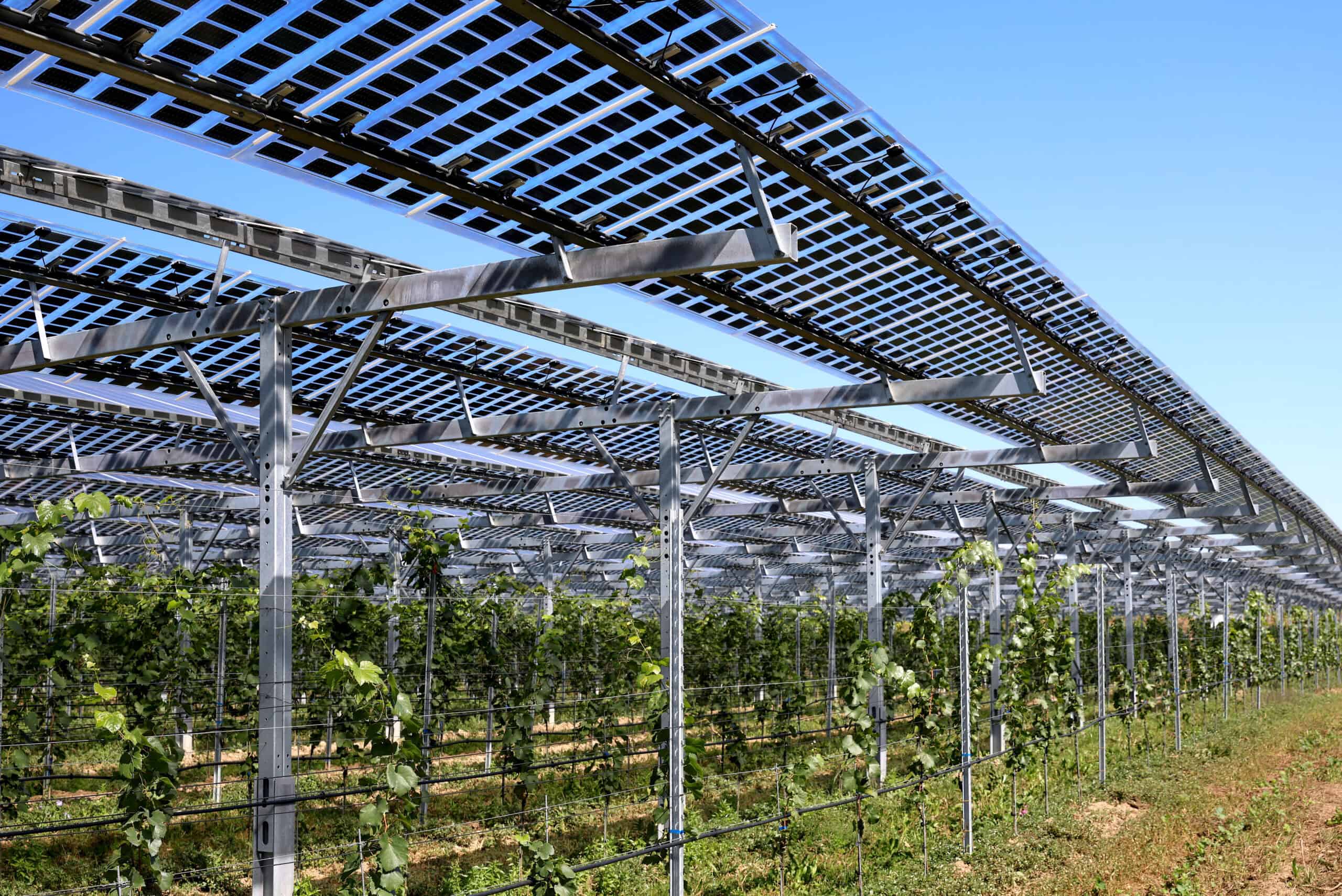May 2025
May 2025
Investors are rediscovering the real reason to act – profit. From food to water, resource-driven arbitrage is emerging and capital is taking its position, says Gresham House natural capital director Eoin McDonald.
Trends come and go. Belief systems surge and fade. Kings die and empires crumble. But in the colourful tapestry of human activity a single thread remains constant: the economic imperative.
Over the past decade, the finance industry momentarily flirted with the idea of virtue. Swirling notions of social, ecological and managerial rectitude crystallised around three now-ubiquitous letters – ESG – and a trend was born. ‘Responsible investment’ mandates abounded, stewardship rhetoric flourished and funds rebranded themselves in pursuit of a higher purpose. Yet now, as the political tide shifts around the world – seen most visibly in a resurgent Trump administration – capital is quietly reverting to its old instinct: follow the path of least resistance to returns.
This has reignited an age-old debate: is the investor’s duty to society or to shareholders? In truth, the answer may be academic. Because whether you believe in the climate crisis or dismiss it as exaggerated, whether you see ESG as progress or performance drag, one fact is inescapable: the planet is changing. Weather patterns are shifting. Resources are tightening. Risk is being repriced.
And with that, so is opportunity.
Just as volatility creates arbitrage in equity and foreign exchange markets, climate volatility is now creating asymmetries for long-term investors in real assets as human infrastructure is forced to adapt to a new reality. For those with capital and conviction, this is a rare window of structural mispricing. And nowhere is this truer than in food and agriculture.

Tech and capital are transforming agriculture
Food and agriculture is both the villain and the victim in the climate story. The sector contributes nearly a quarter of global greenhouse gas emissions, yet it is also among the most vulnerable to shifting weather patterns, water stress, and geopolitical instability.
But it is also, increasingly, investable.
This is not the dusty, sentimental industry of the past. Farming today is a capital-intensive, high-tech, supply chain business. Tractors and harvesters routinely cost €1mn or more. Precision irrigation systems are being utilised to maximises resources. New genetics are being deployed to withstand heat, drought, and evolving pests.
At the same time, consumers and supermarkets are demanding consistency – year-round supply, minimal waste, traceability, and sustainable credentials. The result? A full-scale structural transformation.
Consolidation, capital, and control
Small producers are struggling to keep up. In Australia, over 25% of family-run farms exited the market in the past decade. In Spain, there has been a 15% reduction in the number of holdings between 2019 and 2022 as smaller, undercapitalised landowners sell up.
This is creating a bifurcated landscape: on one side, fragmented operators facing attrition; on the other, institutional platforms scaling up and integrating across the supply chain.
Returns are being driven not just by land appreciation, but by improving packout rates, reducing waste, increasing “category one” crop yields (e.g. x, y and z), and capturing margins through vertical integration. Controlling water access, improving soil productivity, and reducing post-harvest loss has a multiplier effect on both top-line and valuation.
In other words: it’s not just about owning land. It’s about unlocking the intrinsic value of what that land can consistently produce in a resource-constrained world.
Capital is paying attention
Institutional capital is already moving. Global farmland funds are estimated to exceed $80 billion, with a significant acceleration in inflows over the past decade, with institutional investors like AP2, PSP, and BCIMC among the largest allocators. The rationale is clear: in a resource-scarce, inflation-sensitive world, owning and improving productive land is both a hedge and a growth strategy.
More importantly, capital is not just buying assets. It is professionalising them – consolidating operations, investing in technology, embedding sustainability standards, and delivering returns by making the system more efficient.
What emerges is a new industrial model: fewer, larger players with end-to-end control, delivering resilient, premium product to increasingly demanding end markets.
From climate crisis to capital opportunity
Let’s be clear: this is not about ESG. It’s not about virtue, activism, or political alignment. It’s about recognising that the global food system is being restructured – by climate volatility, shifting consumer expectations, and rising capital intensity.
And those who act early – who consolidate, professionalise, and optimise – will hold pricing power in a winner-takes-most landscape. They’ll be the last ones standing, extracting full value from assets others can no longer afford to run.
This is not a moral imperative. It’s a market signal.
Climate change is not just a threat. For the well-capitalised, it may be the most investable megatrend of the 21st century.
Author
 |
|
| Eoin McDonald Director, Global Natural Capital |
 Gresham House
Specialist asset management
Gresham House
Specialist asset management





